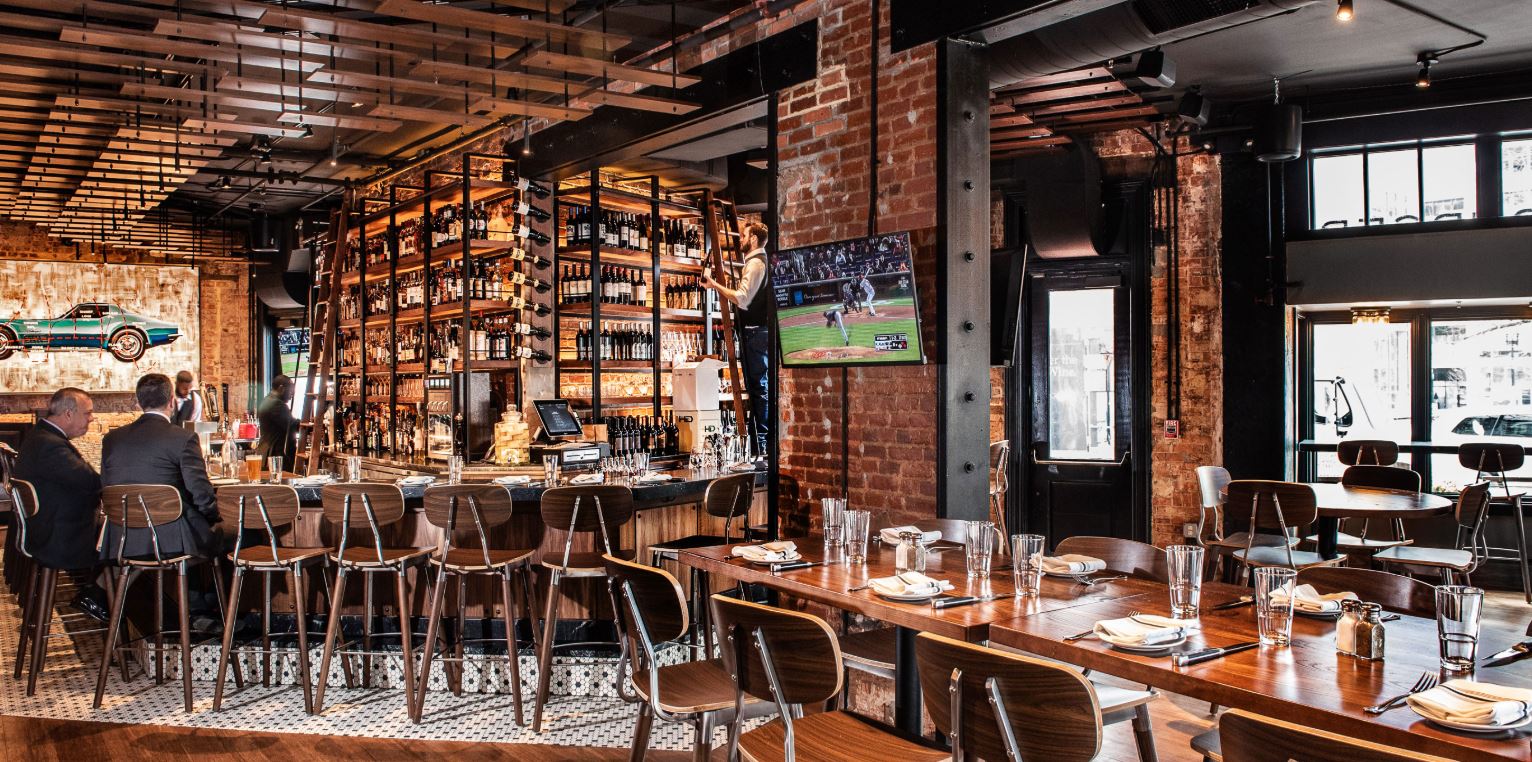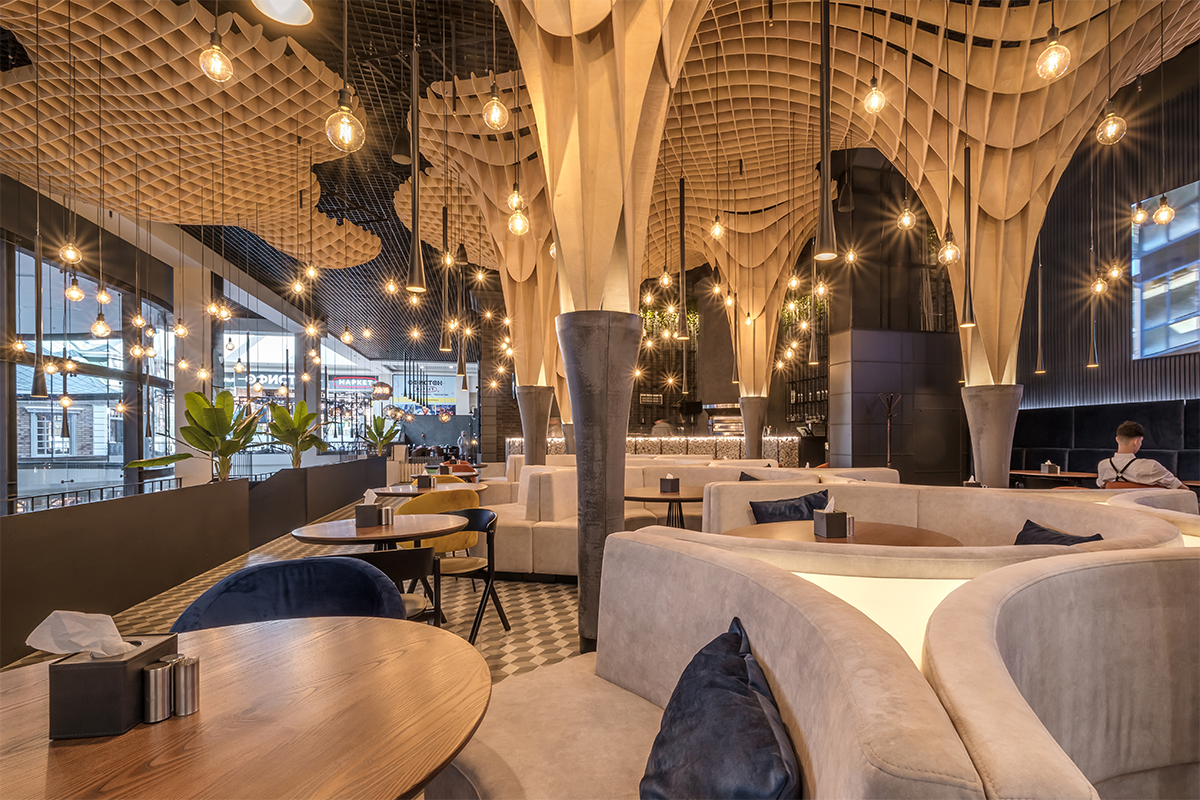Pan Asian Restaurant Islamabad: Discover Exquisite Asian Food
Wiki Article
Savor Authentic Eastern Cuisine With a Pan-Asian Twist for a Cooking Adventure
Starting a cooking journey with authentic Asian food, boosted with a Pan-Asian twist, provides a distinct possibility to discover the abundant tapestry of flavors that define the region's diverse cooking practices. This experience invites you to relish the splendid equilibrium of tastes-- wonderful, salted, spicy, and sour-- balanced by fragrant natural herbs and seasonings. Picture the ingenious combination of Thai curry and ramen or the unanticipated delight of sushi burritos. As you consider these enticing recipes, think about the cultural narratives and historic impacts that form them, each bite using a story waiting to be discovered.
Discovering Pan-Asian Flavors
In the world of worldwide gastronomy, Pan-Asian cuisine attracts attention for its remarkable diversity and the harmonious interplay of flavors from various Oriental cultures. This culinary strategy celebrates the one-of-a-kind components and abundant traditions located across the continent, creating a tapestry of tastes that is both enjoyable and appealing. Key to Pan-Asian cuisine is its capability to balance contrasting flavors-- sweet, salted, spicy, and sour-- while highlighting the quality and top quality of each active ingredient.From the umami-rich soy sauce of Japan to the fiery chili peppers of Thailand, Pan-Asian cuisine supplies a comprehensive palette of tastes. These aspects are commonly integrated in inventive ways, improving dishes with layers of intricacy. As an example, making use of fragrant natural herbs such as lemongrass and cilantro, common in Vietnamese and Thai cuisine, includes a revitalizing illumination to meals, while the unification of coconut milk delivers a creamy, rich texture.
The emphasis on fresh produce and aromatic seasonings makes certain that each meal is not just a feast for the taste but also for the senses. Pan-Asian cuisine welcomes diners to get started on a cooking trip, checking out the substantial and differed landscapes of Eastern gastronomy with every bite.
Combination Meals to Attempt
While Pan-Asian food is commemorated for its typical tastes, the modern cooking landscape is progressively embracing fusion dishes that mix these timeless components with impacts from other regions. This innovative method not only honors the rich heritage of Oriental culinary arts yet additionally presents novel taste experiences that appeal to modern tastes.
An archetype of such a blend dish is the Korean-Mexican taco, where marinaded bulgogi beef is wrapped in a warm tortilla, topped with kimchi and a spicy gochujang-infused salsa. This combination marries the strong, savory tastes of Korea with the vivid, fresh aspects of Mexican cuisine. In a similar way, sushi burritos have gotten popularity, joining together the fragile creativity of Japanese sushi with the hearty, hand-held benefit of a burrito, frequently featuring combination ingredients like tempura shrimp and avocado with a drizzle of wasabi mayo.
Another notable meal is Thai curry ramen, which instills the creamy, aromatic flavors of Thai curry right into the calming broth of traditional Japanese ramen, developing an unified blend that tantalizes the senses. These fusion recipes extend beyond mere uniqueness; they represent a culinary discussion in between cultures, encouraging exploration and innovation worldwide of Pan-Asian cuisine.
Necessary Components and Seasonings
To absolutely value Pan-Asian food, one must recognize the important active ingredients and seasonings that create its structure. This diverse culinary style attracts from an abundant tapestry of Asian traditions, using a harmonious mix of structures and tastes. Trick ingredients include soy sauce, fish sauce, and oyster sauce, which give a savory umami deepness important to Oriental recipes. Complementary to these are rice vinegar and mirin, lending a fragile level of acidity and sweetness.Fragrant components are critical, with ginger, garlic, and lemongrass being ubiquitous throughout various Pan-Asian dishes. These components give a great smelling base that boosts the intricacy of tastes. Spices such as celebrity anise, cardamom, and cinnamon present heat and personality, echoing impacts from areas like China and India.

Food Preparation Strategies and Tips
Mastering the art of Pan-Asian cuisine calls for experience with its distinct cooking techniques, each adding to the dynamic tapestry of tastes this cooking custom is commemorated for. Central to these methods is the stir-fry, a rapid food preparation strategy that maintains the dietary stability and vivid shades of components. Making use of a frying pan, the stir-fry approach allows for even heat circulation, necessary for achieving the particular structure and taste balance of Pan-Asian recipes.An additional essential method is steaming, specifically widespread in Chinese food. This mild technique keeps the natural flavors and nutrients of ingredients, making it perfect for seafood and veggies. Dumplings, a cherished staple, commonly take advantage of steaming, resulting in soft, delicious structures.
Grilling, also indispensable, imparts great smoky midsts to recipes such their website as Oriental bulgogi or Japanese yakitori (best asian restaurant Islamabad). This method usually includes marinating active ingredients, enabling flavors to pass through deeply before cooking over an open flame or warmer
Finally, grasping the art of stabilizing flavors-- sweet, sour, salted, bitter, and umami-- is vital. Properly layering these components can raise a recipe from ordinary to amazing, using a complex and pleasing culinary experience that personifies the essence of Pan-Asian cuisine.
Eating Experiences Worldwide
Throughout the globe, Pan-Asian cuisine offers an unmatched eating experience, celebrated for its abundant tapestry of tastes and vibrant presentations. This culinary sensation has actually gone beyond cultural boundaries, catching the hearts and tastes buds of food fanatics worldwide. In multicultural cities fresh York, London, and Sydney, Pan-Asian dining establishments work as melting pots where cooking customs from Thailand, Japan, China, and past converge, giving diners with an eclectic mix of meals that highlight the area's variety.The international allure of Pan-Asian food lies in its capacity to use both authenticity and advancement. Chefs masterfully wed conventional components such as lemongrass, soy sauce, and miso with contemporary techniques, resulting in recipes that are both acquainted and refreshingly brand-new. This fusion allows diners to start a cooking trip that values heritage while welcoming modernity.
Additionally, eating experiences are raised with thoughtfully made environments that show the values of Pan-Asian aesthetics. From minimalist Japanese-inspired interiors to vibrant Thai-themed areas, each dining establishment provides an unique setting that enhances the culinary offerings. Therefore, customers are not just eating a meal but partaking in a social experience, making Pan-Asian dining a really global phenomenon.
Final Thought
The exploration of Pan-Asian food uses an extensive understanding of the elaborate interplay of flavors and cooking customs across Asia. By accepting blend meals such as Thai curry ramen and sushi burritos, the culinary trip not just highlights the versatility of standard ingredients however likewise showcases innovative modern-day methods. This gastronomic adventure, enriched by crucial seasonings and cooking techniques, offers a special chance to appreciate the social variety official source and cooking virtuosity that specify Pan-Asian cuisine on a global range.Beginning on a culinary journey through authentic Eastern food, boosted with a Pan-Asian spin, offers a special possibility to discover the abundant tapestry of tastes that define the region's varied cooking customs.In the world of worldwide gastronomy, Pan-Asian cuisine stands out for its amazing variety and the unified interaction of tastes from different Eastern cultures. Secret to Pan-Asian cuisine is its capability to stabilize contrasting flavors-- sweet, salted, spicy, and sour-- while highlighting the quality and quality this content of each ingredient.

Report this wiki page